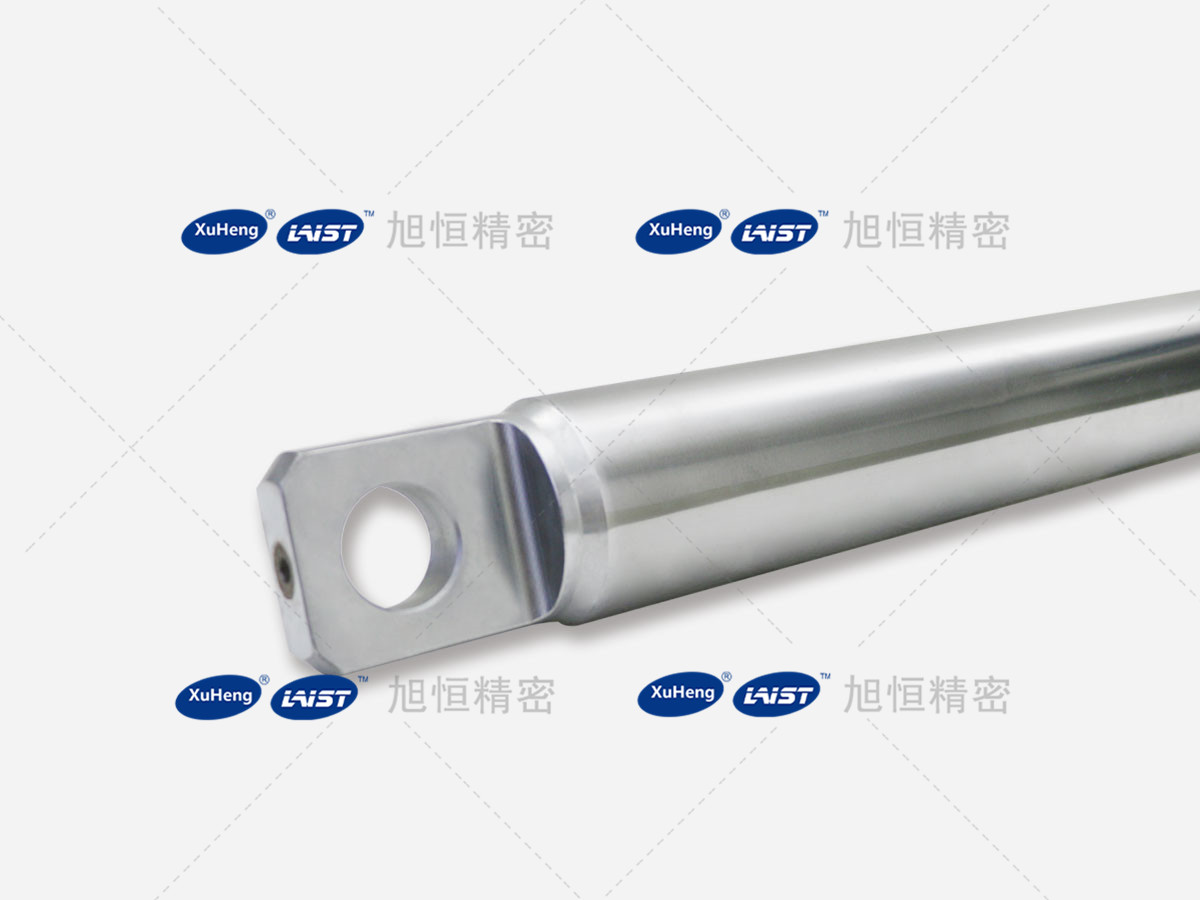Forklift poles are key components on forklifts, and different types of forklift poles play different roles in forklift operation. The following is a detailed introduction to forklift poles:
Type
Top pole: composed of two steel pipes perpendicular to the ground, used to support the distance between goods and forklifts. During forklift operation, the top pole can be adjusted to different heights to meet the needs of cargo handling at different heights.
Fork: located below the top pole, consisting of two fork arms, fixed to the body of the forklift, and can move left and right to carry items of different sizes. Forklift is a tool used by forklifts to lift goods from the ground.
Side shift lever: a lever on the fork arm of a forklift that can move in the left and right directions. When working in a small space, using a side shift lever can maintain the balance of the forklift, avoid overturning, and allow for fine-tuning and calibration of the transported goods.
Dashboard: Generally located in front of the cab, it is used to indicate the tilt angle of the forklift and help the driver operate the forklift more securely.
Hydraulic oil rod: located at the bottom of the cab, used to indicate the hydraulic oil level of the forklift. Once the liquid level drops, remind the driver to add hydraulic oil in a timely manner to ensure the stability and normal operation of the forklift.
Vehicle red light pole: used to ensure the safety of the work site. When the forklift is reversing, the red light pole will emit an indicator light to remind surrounding workers and vehicles to pay attention and prevent accidental collisions or injuries.
Goods indicator pole: used to determine the position of forklift forks, helping drivers to accurately transport goods to designated locations.
In addition, forklifts also include some auxiliary poles, such as strategy poles and small light poles, which are mainly used to facilitate forklift operators to control forklifts and lighting, improving the efficiency and safety of forklift operation.
Effect
Support and lifting: The top pole and fork work together to support and lift goods, achieving the handling and stacking of goods.
Maintain Balance: When the side shift lever is working in a narrow space, it can maintain the balance of the forklift and avoid overturning.
Instructions and reminders: The instrument panel, hydraulic oil rod, vehicle red light pole, and cargo indicator pole are used to indicate the status of the forklift and remind the driver of precautions, ensuring the safety and efficiency of forklift operation.
Maintenance and upkeep
Regular inspection: Regularly inspect the forklift pole to ensure that it is intact and free from defects such as deformation and cracks.
Lubrication and maintenance: Lubricate and maintain the sliding and connecting parts of the forklift to reduce wear and friction, and extend its service life.
Timely replacement: When the forklift pole is found to be damaged or severely worn, new components should be replaced in a timely manner to ensure the normal operation of the forklift.
In summary, forklift poles are an important component of forklifts, and different types of forklift poles play different roles in forklift operation. In order to ensure the safety and efficiency of forklifts, it is necessary to regularly inspect, lubricate and maintain the forklift poles, and replace them in a timely manner.

 Position:Home > PRODUCTS >Chrome Rod
Position:Home > PRODUCTS >Chrome Rod 



















